Calculus integration trigonometry ShareLegend x and y are independent variables, ;Free math problem solver answers your algebra, geometry, trigonometry, calculus, and statistics homework questions with stepbystep explanations, just like a math tutor
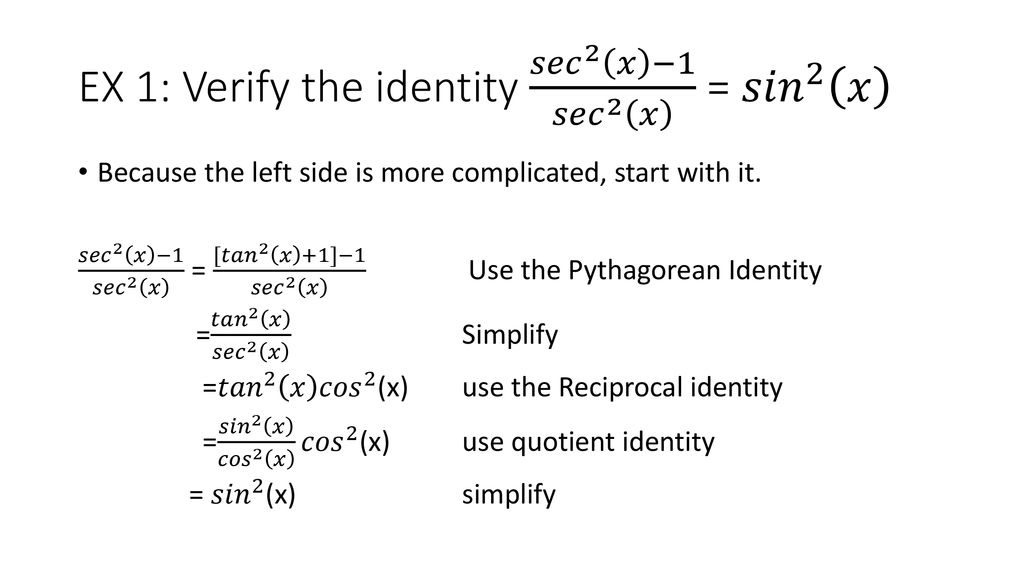
Ch Ppt Download
Tan^2 + sec^2 = 1
Tan^2 + sec^2 = 1-Step 1 tan 2 x Simplify ————— xsec 2 Canceling Out 11 Canceling out x as it appears on both sides of the fraction line Equation at the end of step 1 tan 2 1 ———— sec 2 Step 2 Rewriting the whole as an Equivalent Fraction 21 Subtracting a fraction from a whole Rewrite the whole as a fraction using sec 2 as the denominator(2) 1 = cot(a) The left side is more complicated so start there tan(a) sec2(X) 1 = tan(x) Use a Pythagorean identity on the denominator = tan(3) Now you have = 2 Cancel = Now you have 3 Use a reciprocal identity
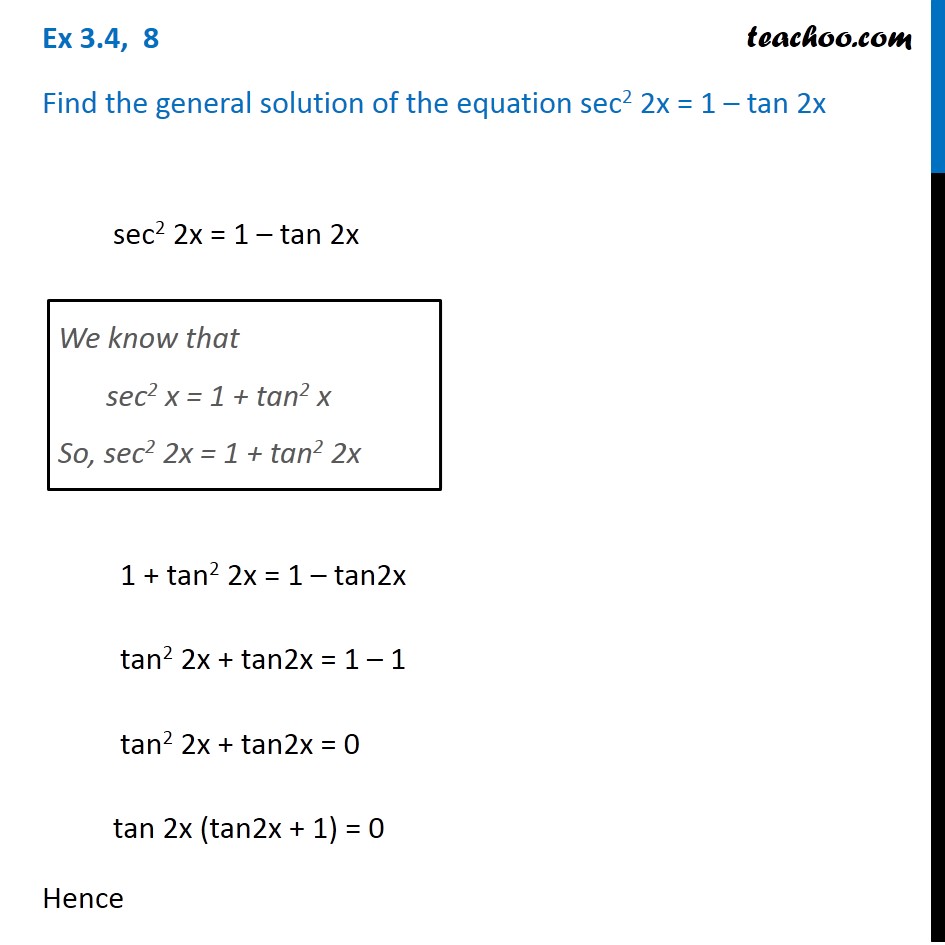


Ex 3 4 8 Find General Solution Of Sec 2 2x 1 Tan 2x Teachoo
Sin 2 (x) cos 2 (x) = 1 tan 2 (x) 1 = sec 2 (x) cot 2 (x) 1 = csc 2 (x) sin(x y) = sin x cos y cos x sin y cos(x y) = cos x cosy sin x sin yHence, testing if the `tan^2 x 1= sec^2 x` holds yields that it is a valid statement Approved by eNotes Editorial Team We'll help your grades soarThis article uses Greek letters such as alpha (α), beta (β), gamma (γ), and theta (θ) to represent anglesSeveral different units of angle measure are widely used, including degree, radian, and gradian () 1 full circle () = 360 degree = 2 π radian = 400 gonIf not specifically annotated by (°) for degree or for gradian, all values for angles in this article are assumed to be given in
Find the secant of the inverse tangent of 1/2 Find the secant of the inverse tangent of 1/2Cot (x) = cot (x) sin ^2 (x) cos ^2 (x) = 1 tan ^2 (x) 1 = sec ^2 (x) cot ^2 (x) 1 = csc ^2 (x) sin (x y) = sin x cos y cos x sin y cos (x y) = cos x cosy sin x sin y tan (x y) = (tan x tan y) / (1 tan x tan y) sin (2x) = 2 sin x cos x cos (2x) = cos ^2 (x) sin ^2 (x) = 2 cos ^2 (x) 1 = 1 2 sin ^2 (x)Answer to Integrate the trigonometric integral integral of sec^2(x)/(1tan(x)) dx evaluated from 0 to pi/4 By signing up, you'll get thousands of
Apr 12, 18 · Let m = tan^2(sec^12) cot^2(cosec^1 3) Then find the value of (m^2 m 10) asked Nov 9, 19 in Sets, relations and functions by SumanMandal ( 545k points)Sec tan 2 sec 2 1 sec tan sec 5 sec 2 y tan 5 sec 7 d SECTION 72 TRIGONOMETRIC from ENGINEERIN 10 at University of California, BerkeleyThe points labelled 1, Sec(θ), Csc(θ) represent the length of the line segment from the origin to that point Sin(θ), Tan(θ), and 1 are the heights to the line starting from the xaxis, while Cos(θ), 1, and Cot(θ) are lengths along the xaxis starting from the origin


How To Find The Derivative Of F X Tan 2 3x 2 Quora



Verifying Trigonometric Identities Process Make One Side Look
We have 1tan 2 = sec 2 1(3/4) 2 = sec 2 1(9/16) = sec 2 sec 2 = (169)/16 = 25/16 Taking square root on both sides sec = 5/4 We have cos = 1/sec cos = 1÷(5/4) cos = 4/5 Hence sec = 5/4 and cos = 4/5 3 If cot = 40/9 , find the values of cosec and sin Solution Given cot = 40/9 We have 1cot 2 = cosec 2We get (tan(x))2 1 = (sec(x))2 1 = (sec(x))2 (tan(x))2 Now, we will see if 1 = (sec(x))2 (tan(x))2and 1 = (sec(x))2 (tan(x))2 can both be true We can do this by assuming that they are both true, and then add the equations to get 2 = 2(sec(x))2 1=(sec(x))2Find all solutions of sec^2xtan^2x=3 in the interval 0,2piSince tan^2 = sec^2 1 you getsec^2 sec^21 = 3 2sec^2= 4 sec^2 = 2



Demo Identite 1 Tan2 Sec2 Youtube


The Value Of Sec 2 Tan 1 2 Cosec 2 Cot 1 3 Is A 12 B 5 C 15 D 9 Sarthaks Econnect Largest Online Education Community
May 21, 18 · because tan^2 45 = 1^2 = 1 and sec^2 x = 1/ cos^2 45 = (sqrt2)^2 = 2 so the sum = 3 coolbun coolbun Answer the answer is false Stepbystep explanation apex New questions in Mathematics surface area of B is 4032 surface area of a is 28 TEST II COMBINATIONDIRECTION SOLVE THE FOLLOWING USING COMBINATION1)L H S = tan 2 A cot 2 A = sin 2 A cos 2 A 1 − 2 sin 2 A cos 2 A = c o s 2 A 1 s i n 2 A 1 − 2 = sec 2 A c o s e c 2 A − 2Integral tan^2(x)sec(x)powers of secant and tangent



Integrate Sec 2x Method 1


Tinkutara Equation Editor Math Forum Question
Mar 19, 18 · See Below Left Hand Side sec^2(x)tan^2x =1/cos^2x (sin^2x)/cos^2x =(1sin^2x)/cos^2x =cos^2x/cos^2x> Use Property sin^2xcos^2x=1 and isolate cos^2x =cancel(cos^2x/cos^2x =1 = Right Hand Side TrigonometryProve sec^2(x)tan^2(x)=1 Let us prove the equation We know the identity sin 2 (x)cos 2 (x)=1 ——(i) Dividing throughout the equation by cos 2 (x) We get sin 2 (x)/cos 2 (x) cos 2 (x)/cos 2 (x) = 1/cos 2 (x) We know that sin 2 (x)/cos 2 (x)= tan 2 (x), and cos 2 (x)/cos 2 (x) = 1 So the equation (i) after substituting becomesYou can put this solution on YOUR website!


How Is Math Sec 4 A 1 Sin 4 A 2 Tan 2 A 1 Math Quora



Integral Of Sec 2 X Sqrt 1 Tan 2 X Using The Arcsine Function Youtube
Apr 28, 18 · Explanation Let θ = tan−1(2) ⇒ tanθ = 2 We know 1 tan2θ = sec2θ ⇒ 1 22 = sec2θ ⇒ sec2θ = 5 ⇒ secθ = √5 ⇒ sec(tan−1(2)) = √5∫{sec^2 x / (sec x tan x)^9/2} dx = (for some arbitrary constant c)An expansion of Pythagoras' Identity
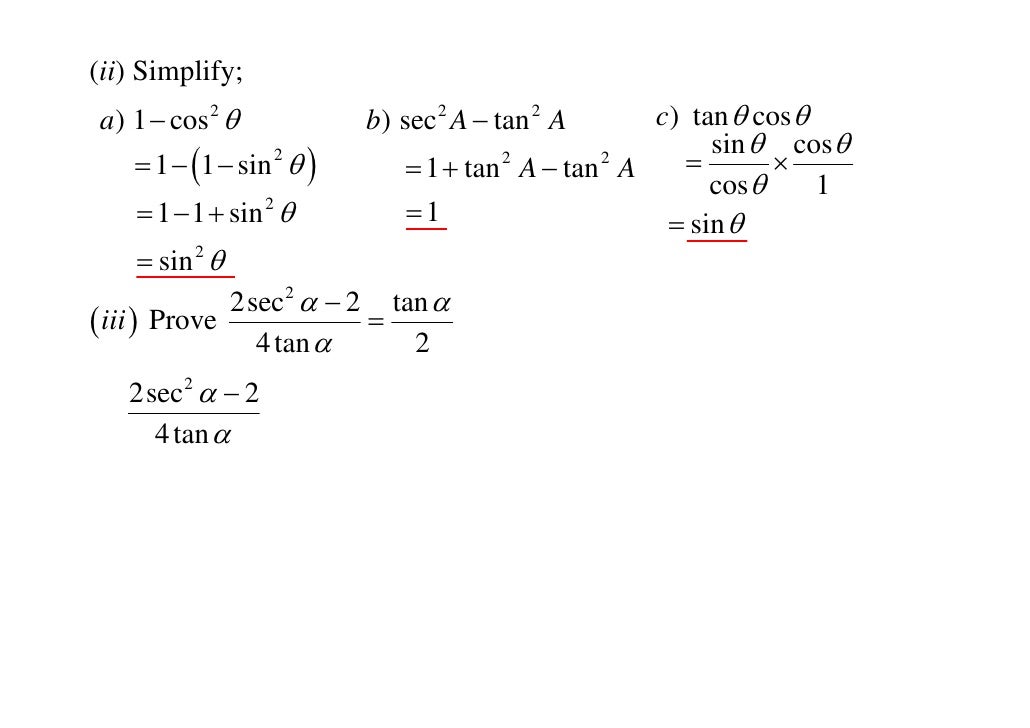


11 X1 T04 03 Pythagorean Trig Identities 10



Get Answer 1 Cos C 1 Sec C Tan C Sin C Csc 2 Theta Sec 2 Theta Transtutors
Prove that sec 6 θ = tan 6 θ 3 tan 2 θ sec 2 θ 1 Answer LHS = sec 6Free math problem solver answers your algebra, geometry, trigonometry, calculus, and statistics homework questions with stepbystep explanations, just like a math tutorAug 29, 18 · The value of sec^2(tan^–1 2) cosec^2(cot^–1 3) is (a) 12 (b) 5 (c) 15 (d) 9 asked Apr 12, 18 in Mathematics by Golu ( 106k points) inverse trigonometric functions



X 2 Y Int E X 2



70 The Expression 2 Sec 2 Left 1 Sec 4
May 07, 15 · Well, if we divide (cos(x))2 on both sides;Click here👆to get an answer to your question ️ Find the general solution of the equation sec^2 2x = 1 tan 2x Join / Login maths Find the general solution of the equation sec 2 2 x = 1 − tanOct 27, · The correct statement is $\sec^2(y)=1\tan^2(y)$ Now let $y=\tan^{1}\left(\dfrac x2\right)$ I hope this helps you see why



Prove Tan 2 Cot 2 Sec 2 Cosec 2 2 Brainly In


Prove That Math Tan 2 Theta 1 Sec 2 Theta Math Quora
Oct 08, 17 · I remember my professor said something related to the domain and how using $\tan^2(\theta)1=\sec^2(\theta)$ over $\cot^2(\theta)1=\csc^2(\theta)$ will make it so that we can get rid of the absolute value of our final result Can someone elaborate why is this?Weekly Subscription $199 USD per week until cancelled Monthly Subscription $699 USD per month until cancelled Annual Subscription $2999 USD per year until cancelledFree math problem solver answers your algebra, geometry, trigonometry, calculus, and statistics homework questions with stepbystep explanations, just like a math tutor



Prove That Sectheta Tanthetasectheta Tantheta 1 2sectheta Tantheta Tan 2theta



Sec 2 Theta 1 Tan 2 Theta Youtube
Transcribed image text Prove the identity tan(2) sec?Solve your math problems using our free math solver with stepbystep solutions Our math solver supports basic math, prealgebra, algebra, trigonometry, calculus and moreA hard /tricky solved example based on proving equations in Trigonometry In this problem we are going to use an extension of very basis trigonometric identi



Sample Problems Cos 2 X Tan2 X Tan 2 Csc 2 Tan Sec X Tan X Cos X Sin 4 X Cos 4 X 1 2 Cos 2 X Pdf Free Download


Tinkutara Equation Editor Math Forum Question
Compute answers using Wolfram's breakthrough technology & knowledgebase, relied on by millions of students & professionals For math, science, nutrition, history, geography, engineering, mathematics, linguistics, sports, finance, music WolframAlpha brings expertlevel knowledge andSolve your math problems using our free math solver with stepbystep solutions Our math solver supports basic math, prealgebra, algebra, trigonometry, calculus and moreTanx = t Sec^2 x dx= dt So now it is, 1/(1t)^2 dt This integral is given by 1/1t and t= tanx So, it is cosx/cosx sinx Integral of the function \frac{\cos ^2 x}{1\tan x} Integral of the function 1


Prove That Math Tan 2 Theta 1 Sec 2 Theta Math Quora



D Cotx Tanx Dx Cot X Tan X 1 2sin 2x 04 2 2 Sec 2x Tan 2 Scholr
Dec , 19 · A solution of the equation (1 tan theta) (1 tan theta) sec^2 theta 2^tan^2theta = 0 where theta lies in the interval ( pi/2, pi/2) is given by 11thD is the differential operator, int is the integration operator, C is the constant of integration Identities tan x = sin x/cos x equation 1 cot x = cos x/sin x equation 2 sec x = 1/cos x equation 3 csc x = 1/sin x equation 4Jun 29, · $$\sec^2 x \tan^2 x = 1$$ I notice that $\tan^2 x 1 = \sec^2 x$ so I tried substituting $\sec^2 x$ with $\tan^2 x 1$ I get $$\tan^2 x 1 \tan^2 x = 1 \tag{1}$$ Then I try to solve by using the zero product property, so I subtract 1 from the right side of the equation Leaving me with $$\tan^2 x \tan^2 x = 0 \tag{2}$$



Q45 Integral Of 1 Tan 2x Sec 2x Youtube


Prove That Sec 4x Sec 2x Tan 2 X Tan 4x
Jan 09, 16 · A follow up proof to accompany sin^2 cos^2 =1 Another identity that is used quite a bit, especially in calculus involving trigonometric functionsSec 2 θ a) 1 b) 2 c) 3 d) Sen Cos e) Sen 2 cos 2 05 Reducir la expresión F = Sen 2 α (1 cot 2 α) Cos 2 α (1 Tan 2 α) Cos 2 α (Sec 2 α − Tan 2 α) Sen 2 α (Csc 2 α − Cot 2 α) a) 1 b) 2 c) 1/2 d) 1/4 e) 0 06 Si se cumple que a sec b cos = b Hallar el valor de E = Sen 2 cos a) a b b) (a b) a –1 c) (a b) b –1Tan^2 (x) 1 = sec ^2 (x) We know that tan (x) = sin (x)/ cos (x)


Solving Trigonometric Equations



Ch Ppt Download
Dec 16, 19 · Best answer LHS = sec2(tan1 2) cosec2(cot1 3) Let tan1 2 = α tan α = 2 ∵ sec2 α = 1 tan2 α 1 22 = 1 4 = 5 sec2 α = 5 Let again cot1 3 = β cot β = 3



Tan 2 X Sec X 1 Solve For X From 0 To 2pi Youtube



4 Tan 2x 2 Sec 2x 1 0 X In



Trigonometric Identities List Of Trigonometric Identities Examples



Sec 6 Tan 6 1 3sec 2 Tan 2 Brainly In



10 Math Problems Trigonometric Identities
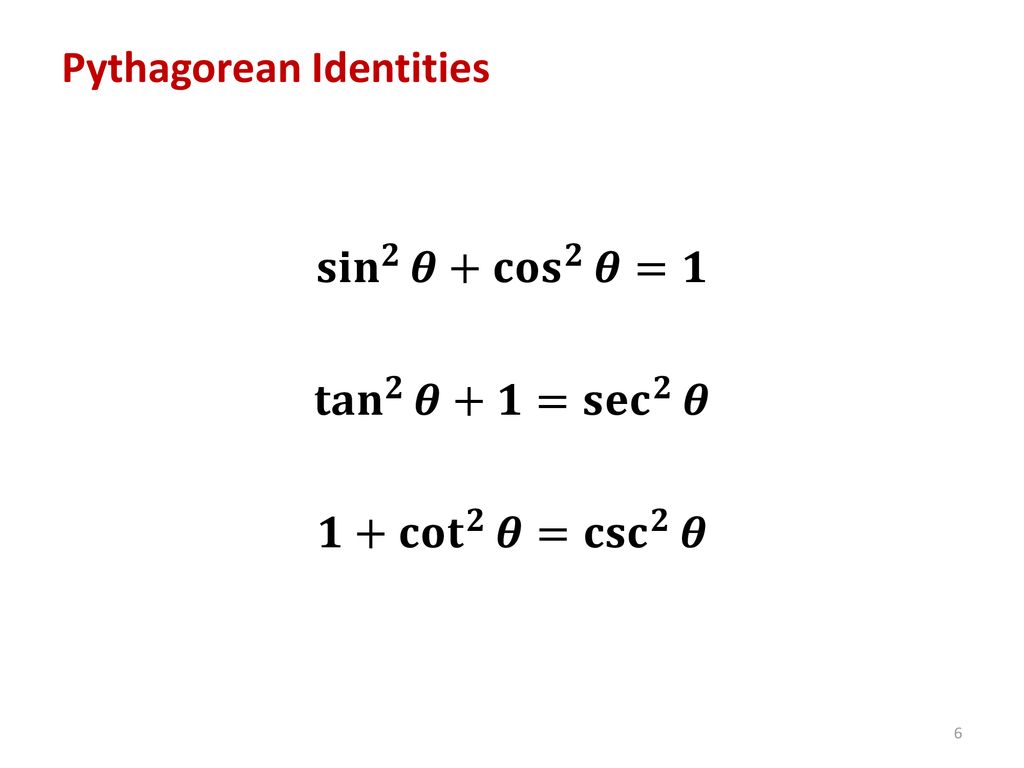


5 1 5 2 Trigonometric Identities Ppt Download
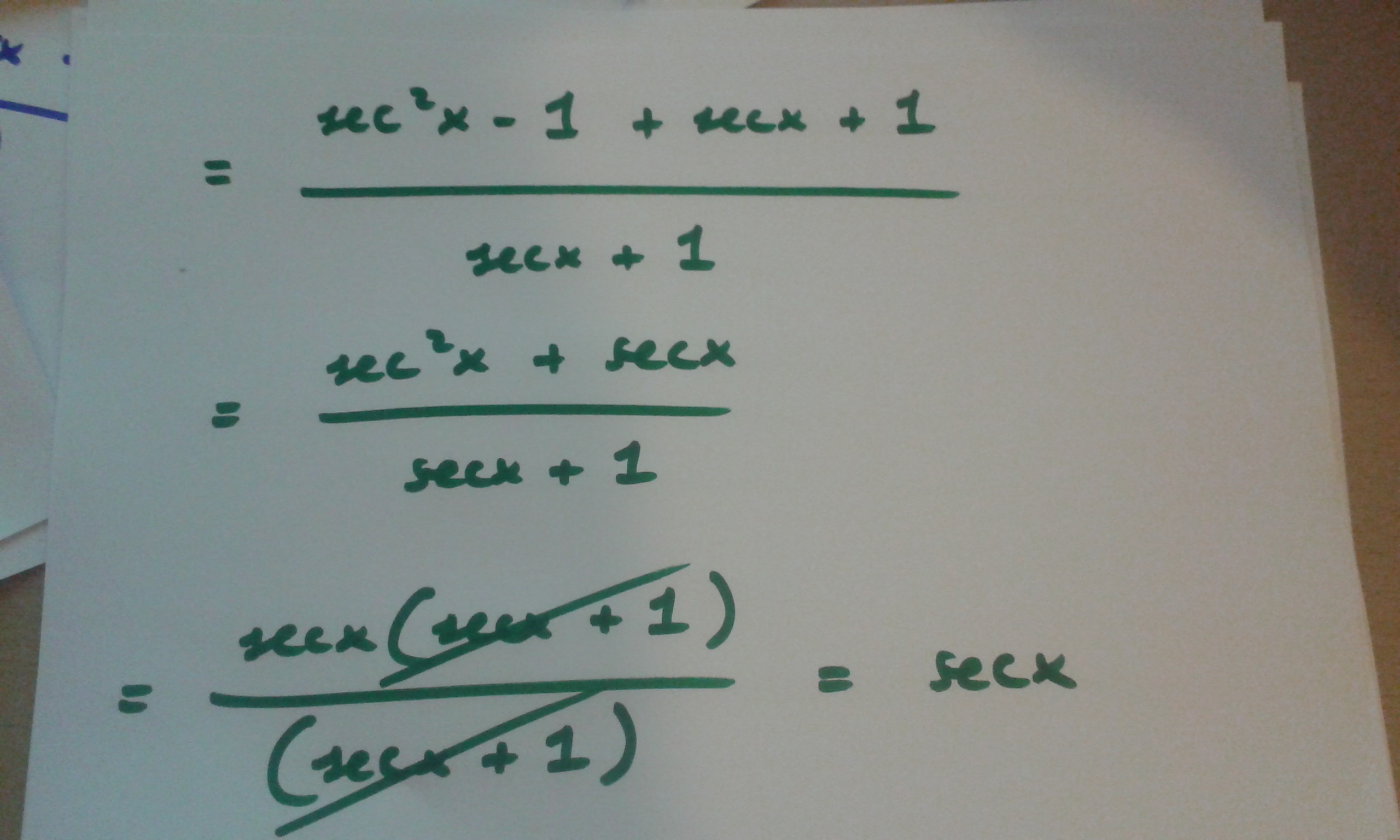


How Do You Prove Tan 2x Secx 1 1 Secx Socratic



Sec22x 1 Tan 2x Find The General Solution Maths Trigonometric Functions Meritnation Com
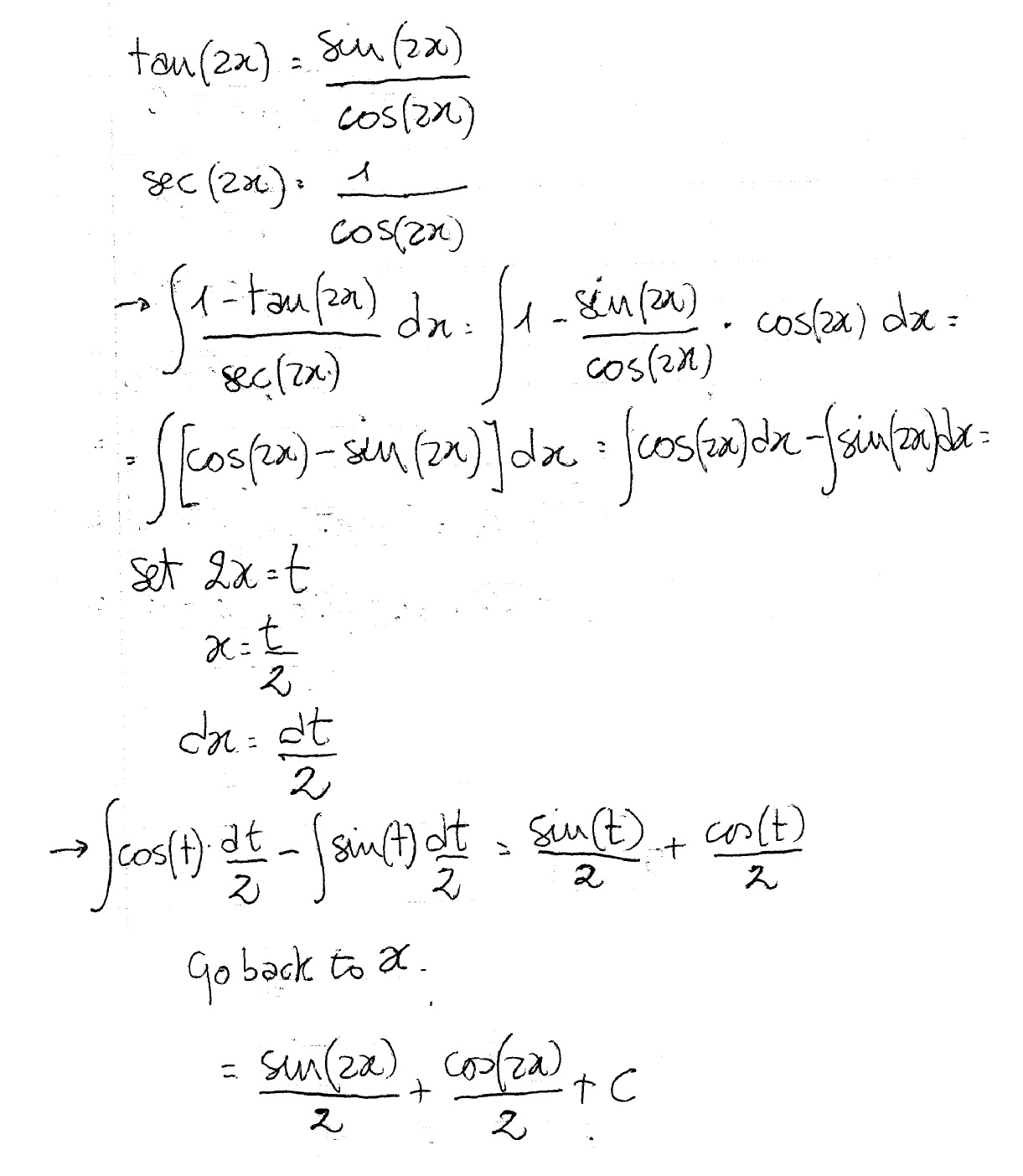


How Do You Integrate 1 Tan2x Sec2x Dx Socratic



How Do You Simplify 1 Tan 2 X 1 Tan 2 X Socratic



Summary Of Trigonometric Identities
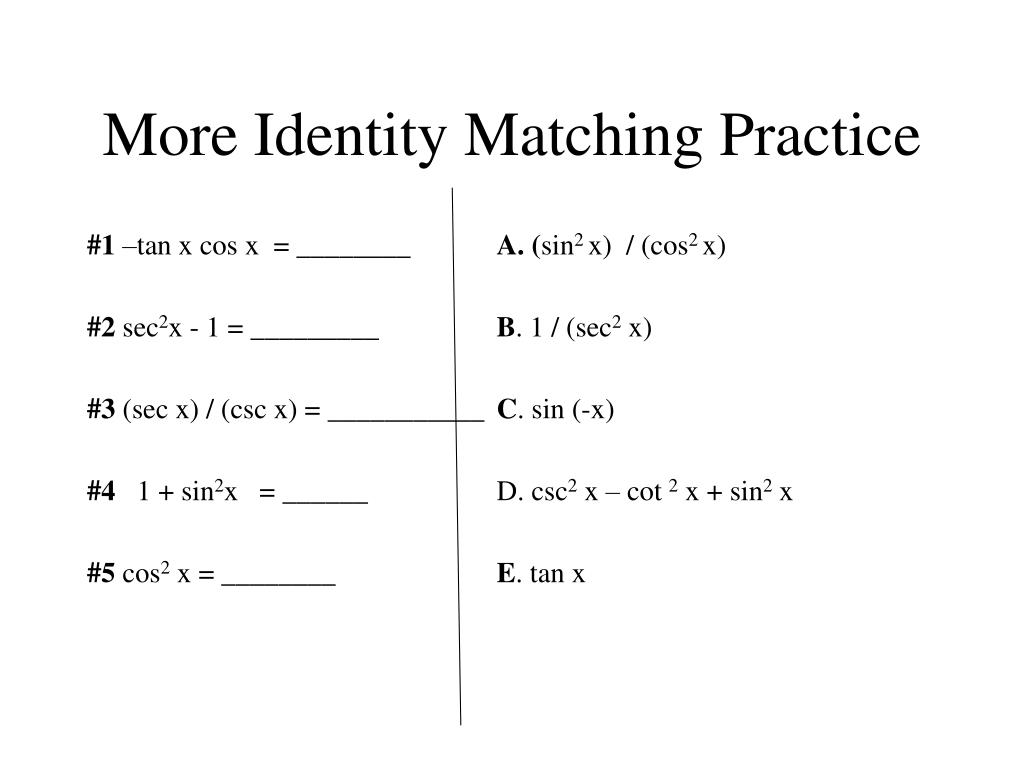


Ppt 5 1 Fundamental Trig Identities Powerpoint Presentation Free Download Id



If Sec Tita X 1 4x Sec Tita Tan Tita 2x Or 1 2x Mathematics Topperlearning Com 15o2fj



Evaluating Trig Integral Int Tan 3x Sec 2x Dx Mathematics Stack Exchange



Trigonometric Substitution Wikipedia
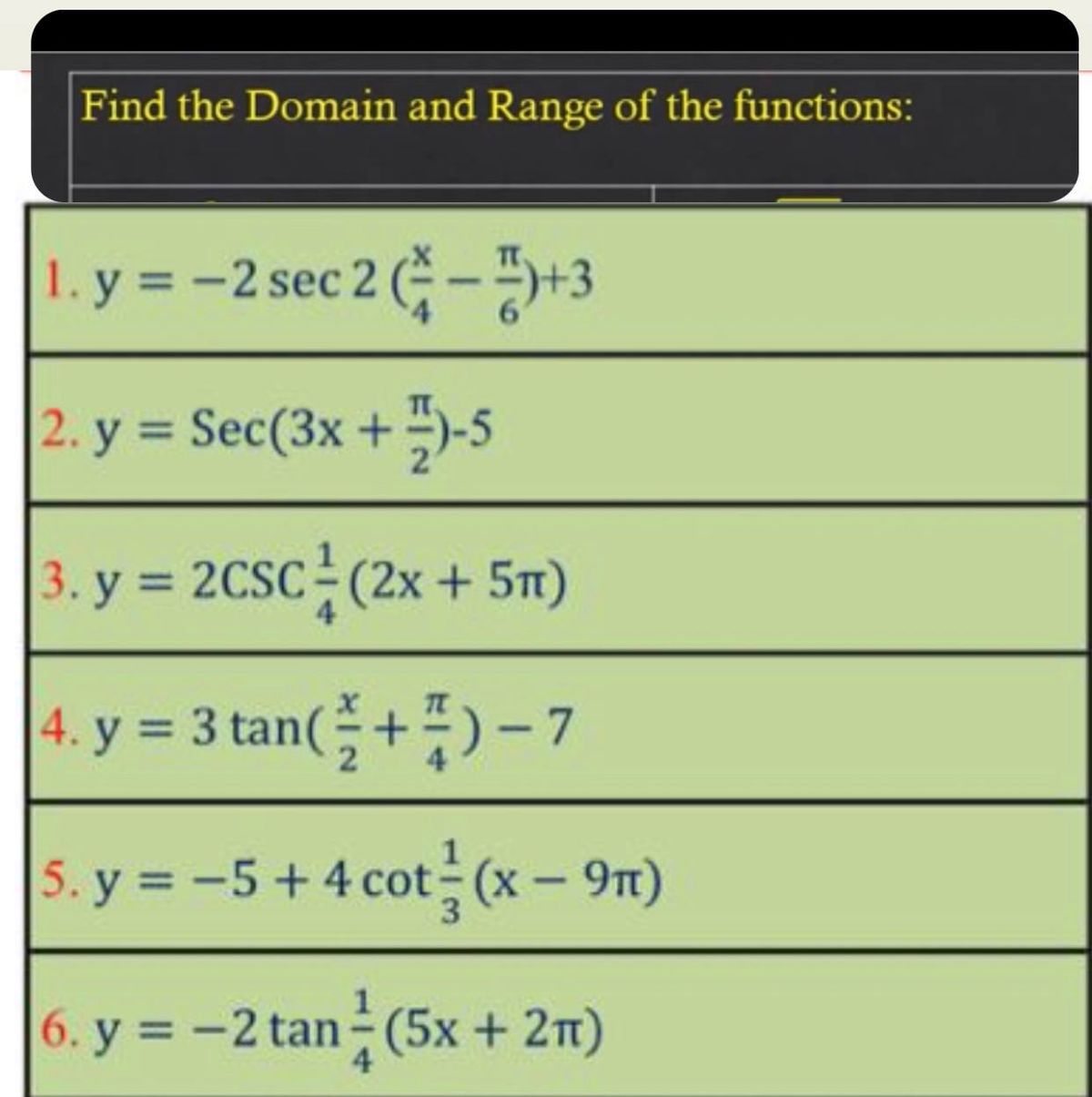


Answered Find The Domain And Range Of The Bartleby



Tan 1 General Chat



10 Math Problems Trigonometric Identities


True Or False The Equation Sec 2 X 1 Tan 2 X Is An Identity Brainly Com



Tantheta 2 2 Tantheta 1
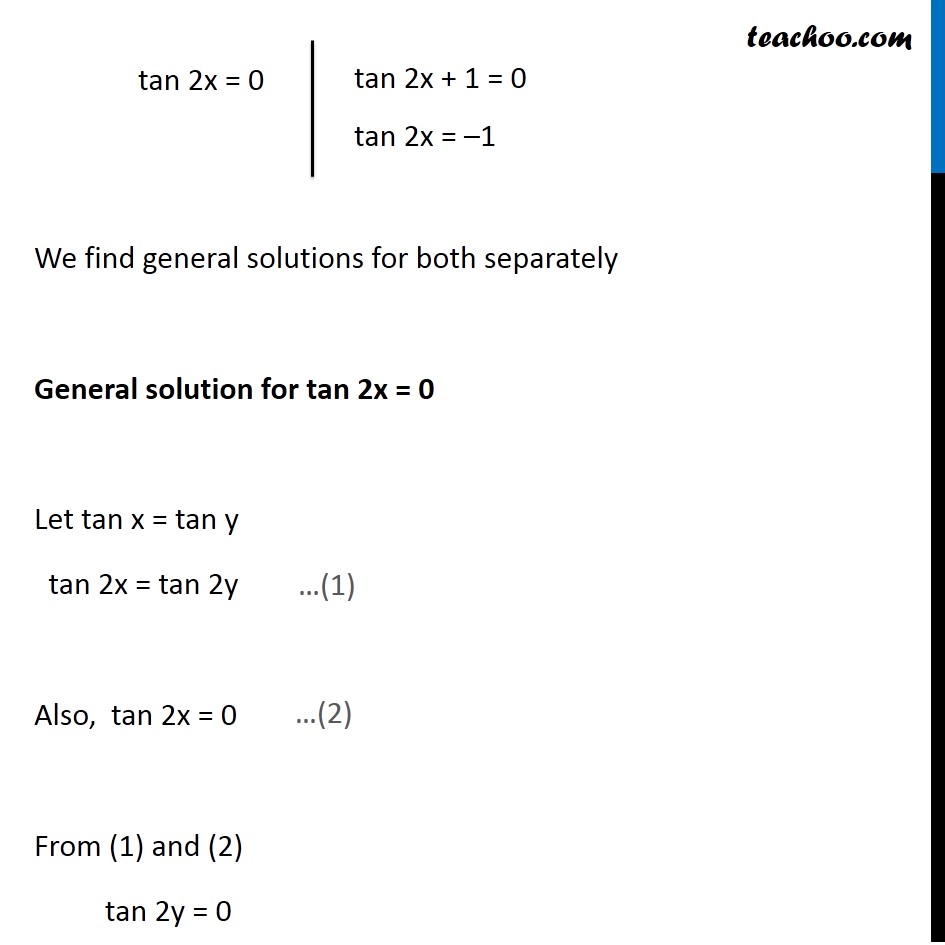


Ex 3 4 8 Find General Solution Of Sec 2 2x 1 Tan 2x Teachoo
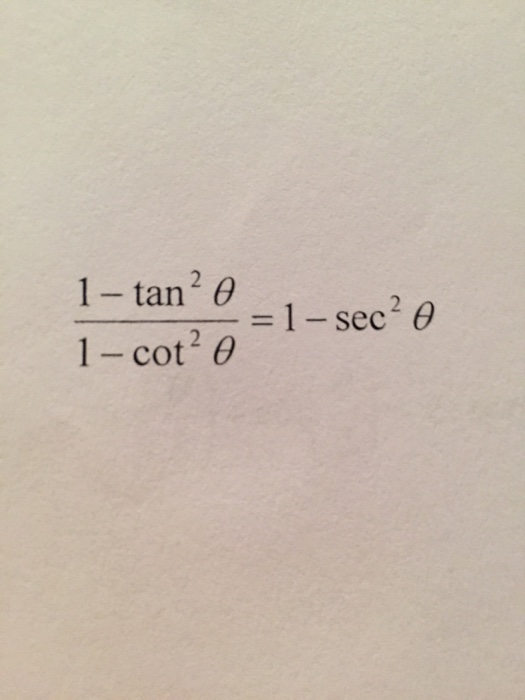


Solved 1 Tan 2 Theta 1 Cot 2theta 1 Sec 2theta Ve Chegg Com
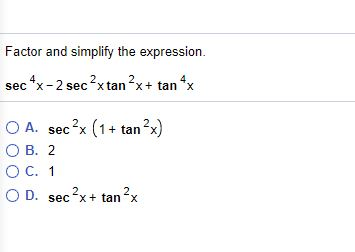


Solved Factor And Simplify The Expression Sec 4 X 2 Se Chegg Com
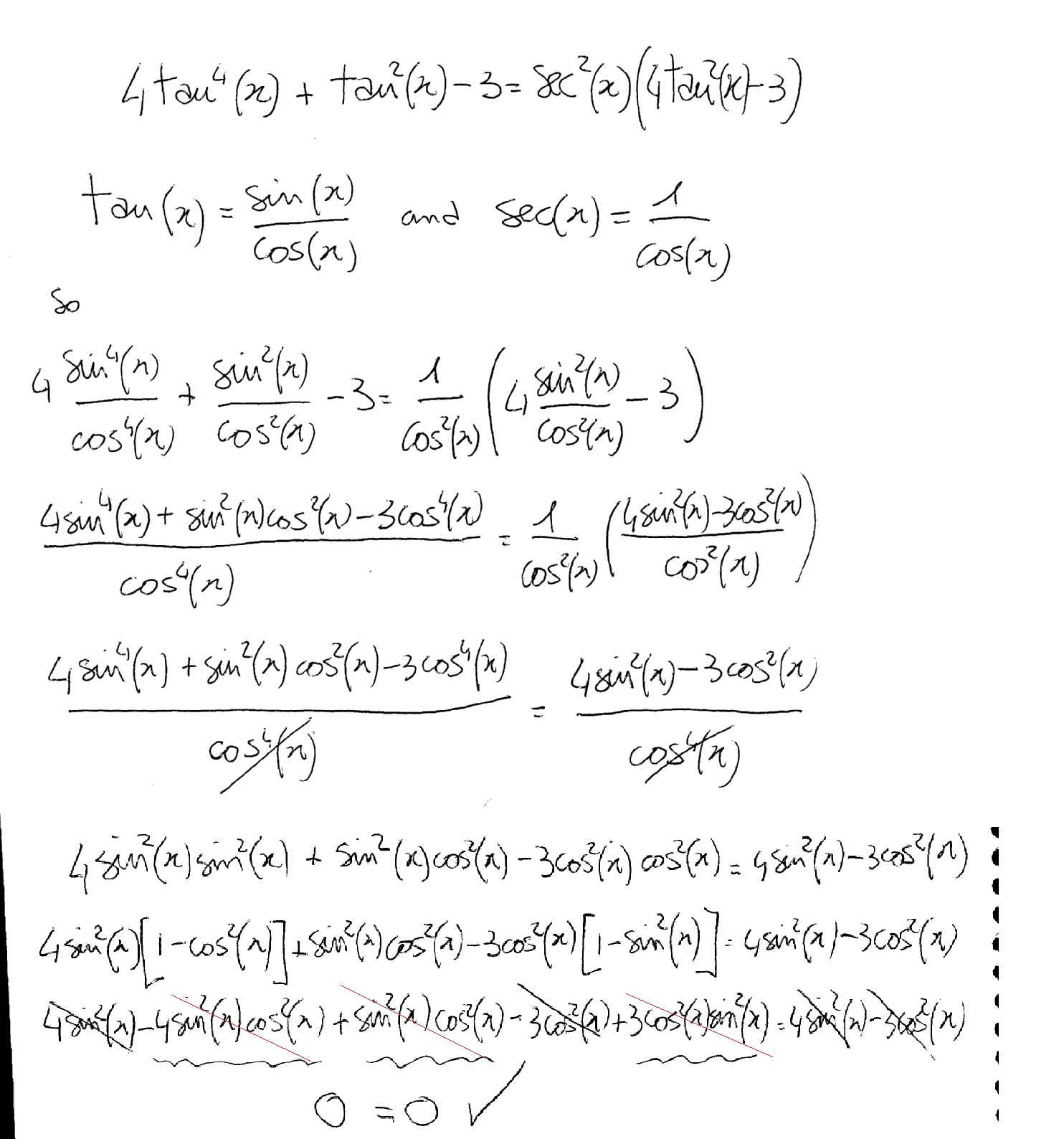


How Do You Verify 4tan 4 Tan 2x 3 Sec 2x 4tan 2x 3 Kinda Hard Please With All The Steps Thanks Socratic
x-1=sec(squared)x.jpg)


10 Identity Tan Squared X 1 Sec Squared X Trigonometry Educator Com
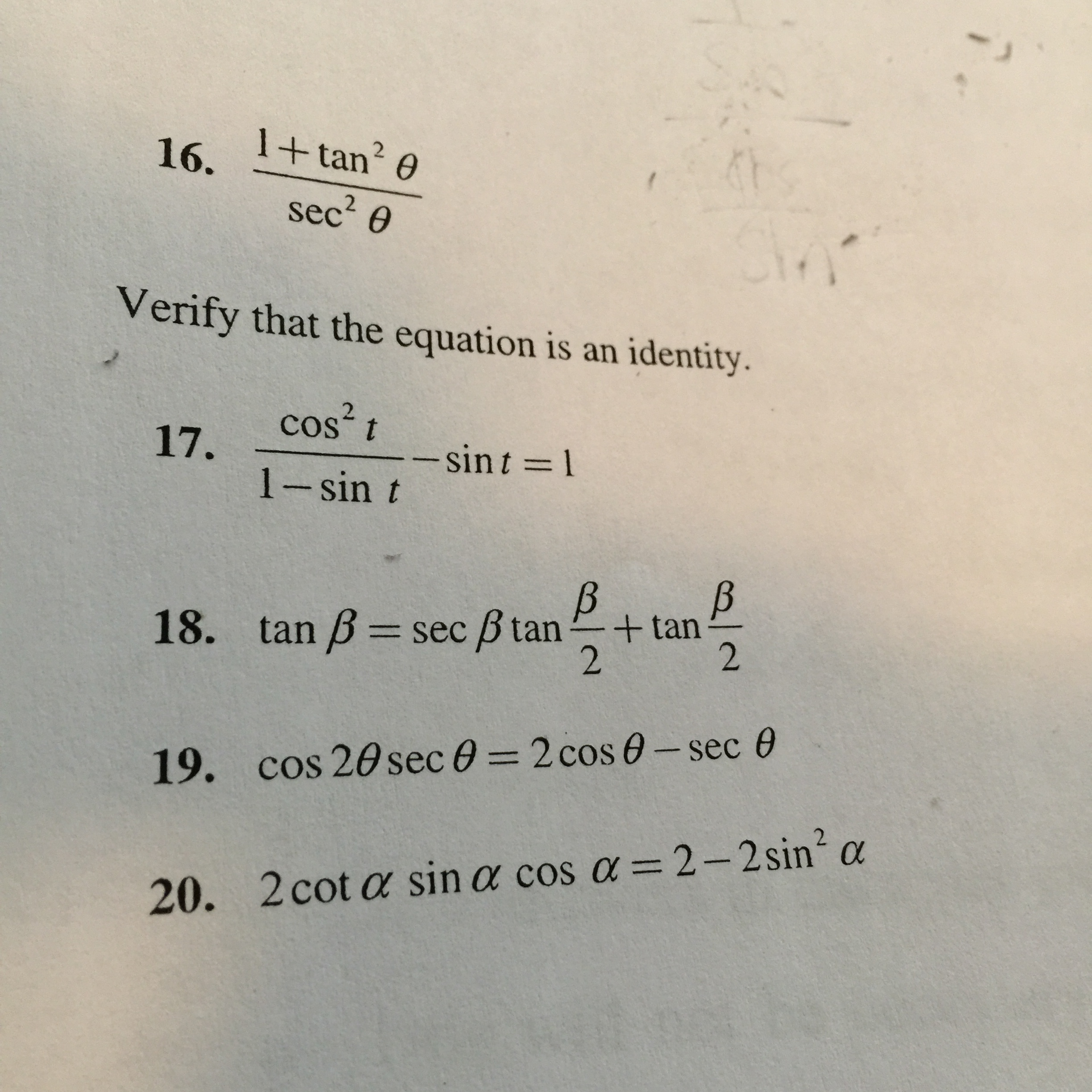


Solved 1 Tan2 Theta Sec2 Theta Verify That The Equati Chegg Com



Prove Tan 2 Sec 1 2 Cot 2 Cosec 1 3 11 Maths Inverse Trigonometric Functions Meritnation Com



Solution Studypool 2 Studypool



If A 2 Sec 2 Theta B 2 Tan 2 Theta C 2 Prove That Sin Theta Plusmn Mathematics Topperlearning Com Q5azu9oo



32 The Value Of Sec E 2 Tan Cote Tan E Is Rrb Ntpc Phase 1 16 1 0 2 1 3 2 4 3
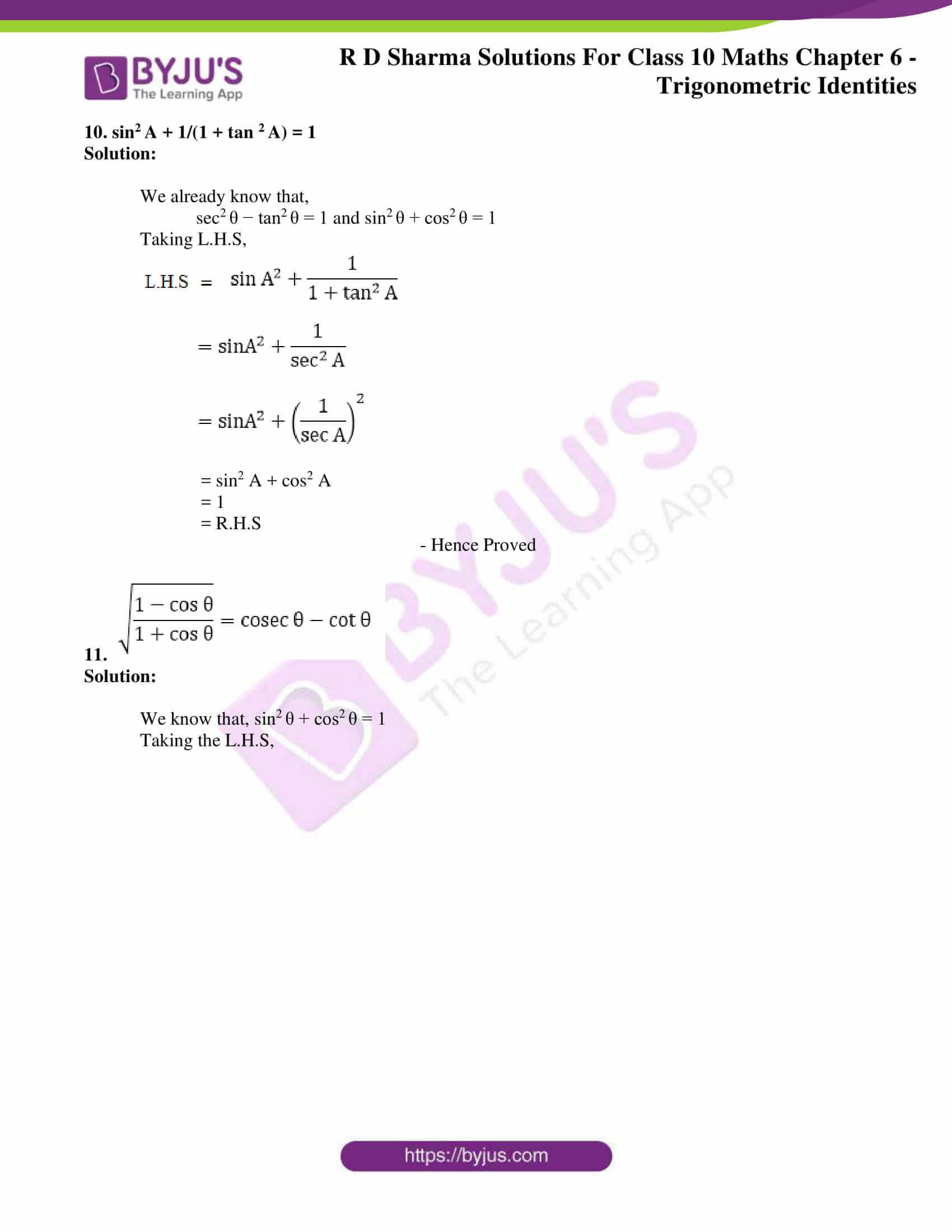


Rd Sharma Solutions For Class 10 Chapter 6 Trigonometric Identities Exercise 6 1 Get Pdf



Integral 1 Tan 2 X Sec 2 X Youtube



Prove 1 Tan 2 Theta Sec 2 Theta Mathematics Stack Exchange



I4kpzub1qdxnjm



5 1 Fundamental Trig Identities Sin 1cos 1tan 1 Csc Sec Cot Csc 1sec 1cot 1 Sin Cos Ppt Download
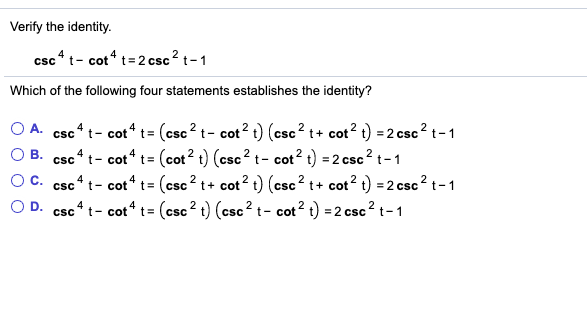


Solved Verify The Identity 2 X Tan 2 X Esec X Tan X Sec Chegg Com



Solved Name Verify Following Identities Tan 2 1 1 1 Chegg Com



I4kpzub1qdxnjm



Proof Tan 2 1 Sec 2 Youtube



Plz Prove 12 2 Part Plzz 7 I Ia Cosx Cosec2 X Ii Sec X A A Cosec S Tan 2 Maths Trigonometric Functions Meritnation Com
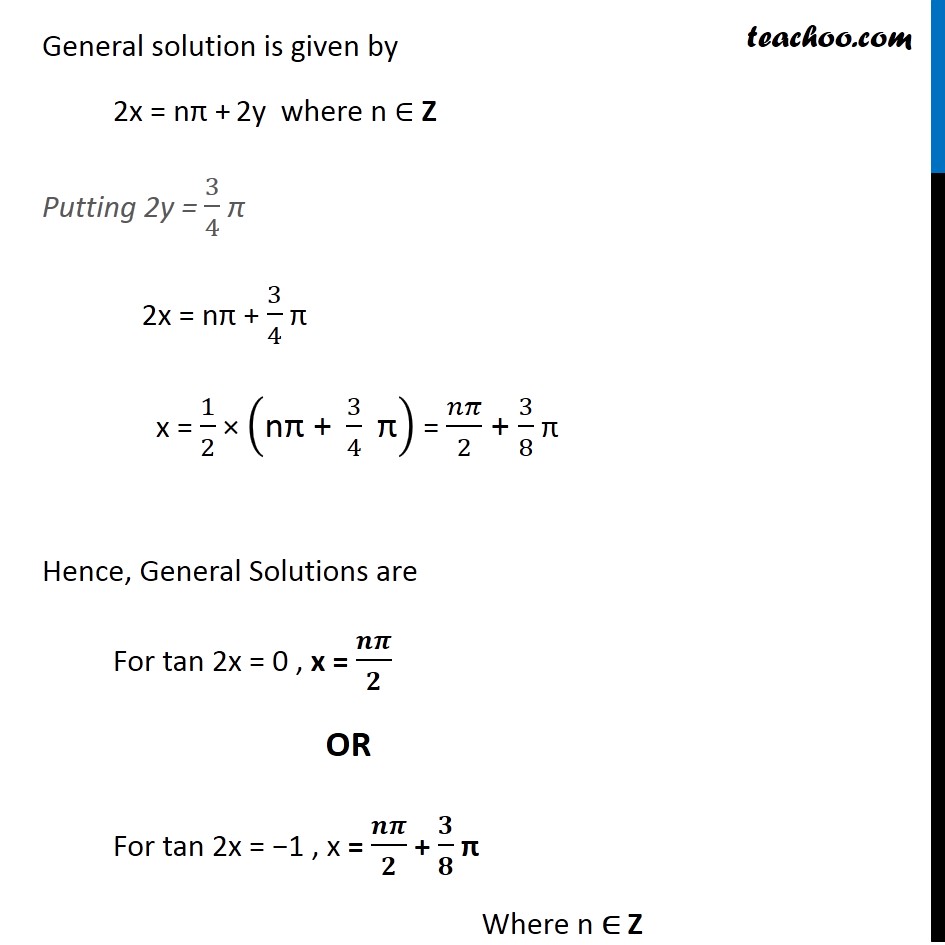


Ex 3 4 8 Find General Solution Of Sec 2 2x 1 Tan 2x Teachoo
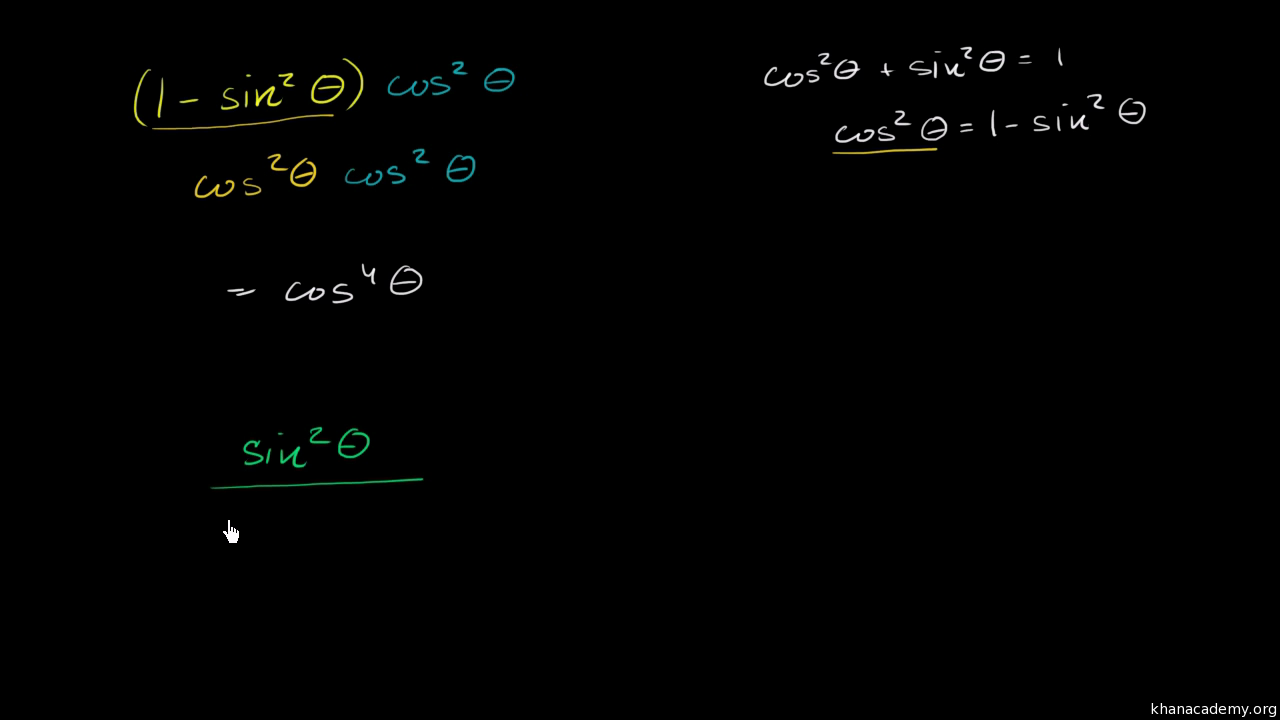


Using Trigonometric Identities Video Khan Academy



Ex 3 4 8 Find General Solution Of Sec 2 2x 1 Tan 2x Teachoo



Solving Sec Theta 1 Left Sqrt 2 1 Right Tan Theta Mathematics Stack Exchange
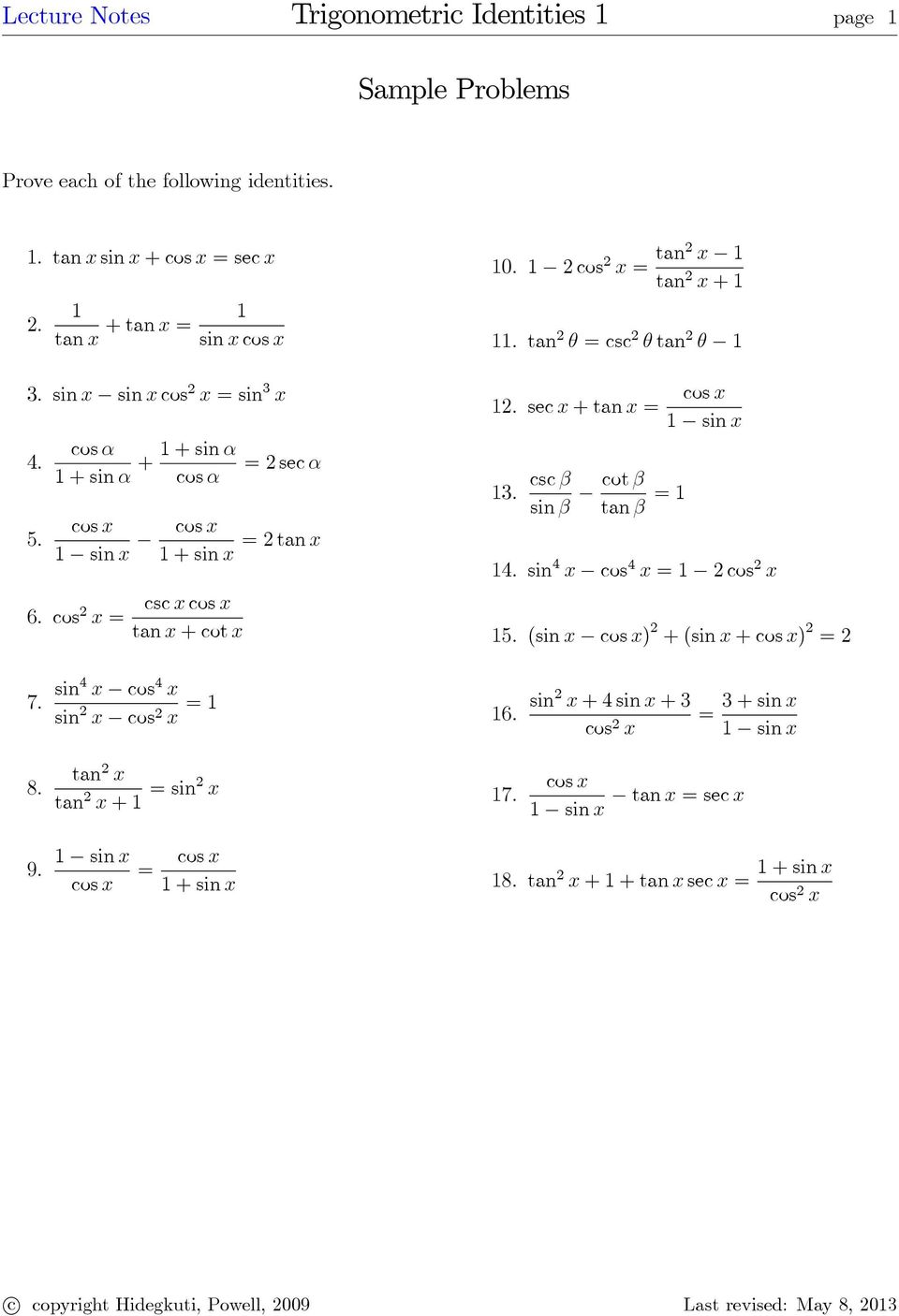


Sample Problems Cos 2 X Tan2 X Tan 2 Csc 2 Tan Sec X Tan X Cos X Sin 4 X Cos 4 X 1 2 Cos 2 X Pdf Free Download



Here Is A List Of Identities Involving Trigonometr Chegg Com



Solved Verify The Identity 1 Tan X 2 Sec 2 X 2 Tan Chegg Com



F 2tanx 1 Tan 2x Cos2x 1 Sec 2x 2tanx 2
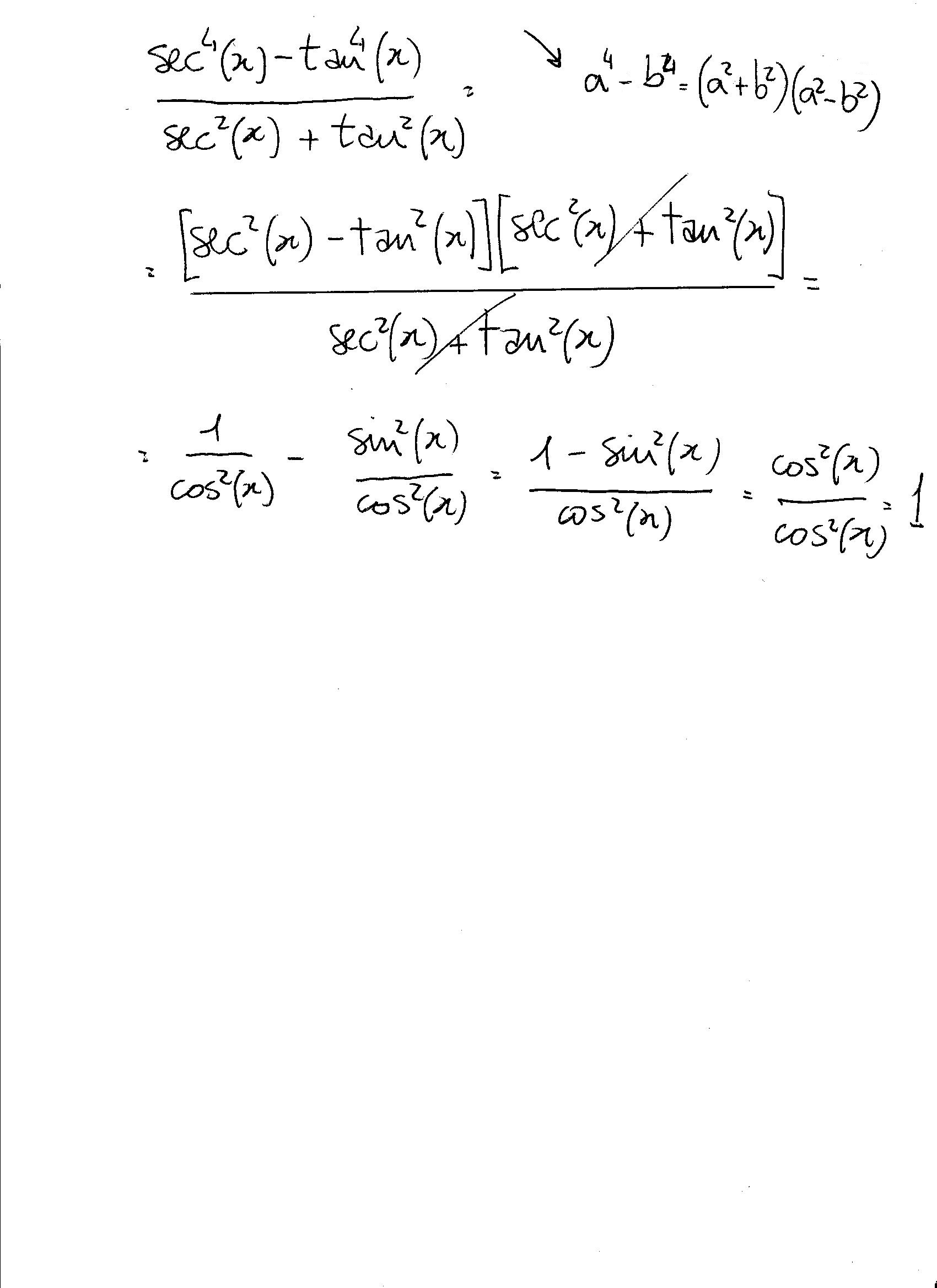


How Do You Simplify Sec 4x Tan 4x Sec 2x Tan 2x Socratic



Integrate Sec 2x Method 2



1 Sin 1 Sin Sec Tan 2 Youtube



Trigonometric Substitution Wikipedia



3 If Tan Theta Sec 2 Alpha Prove That Sin 2 Theta Frac 1 Tan 4 Alpha 1 Tan 4 Alpha



Trig Identities And Formulae Ppt Download



The Derivative Of Sec 2x Derivativeit
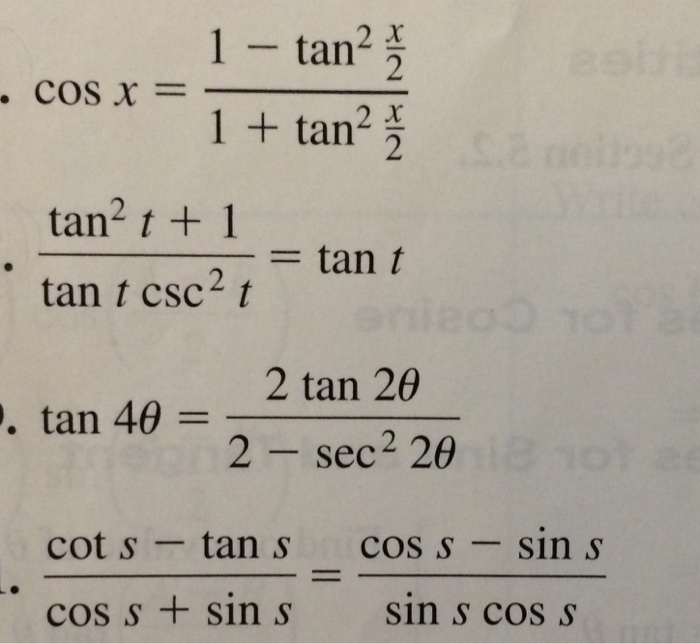


Solved Cos X 1 Tan 2 X 2 1 Tan 2 X 2 Tan 2 T 1 Ta Chegg Com
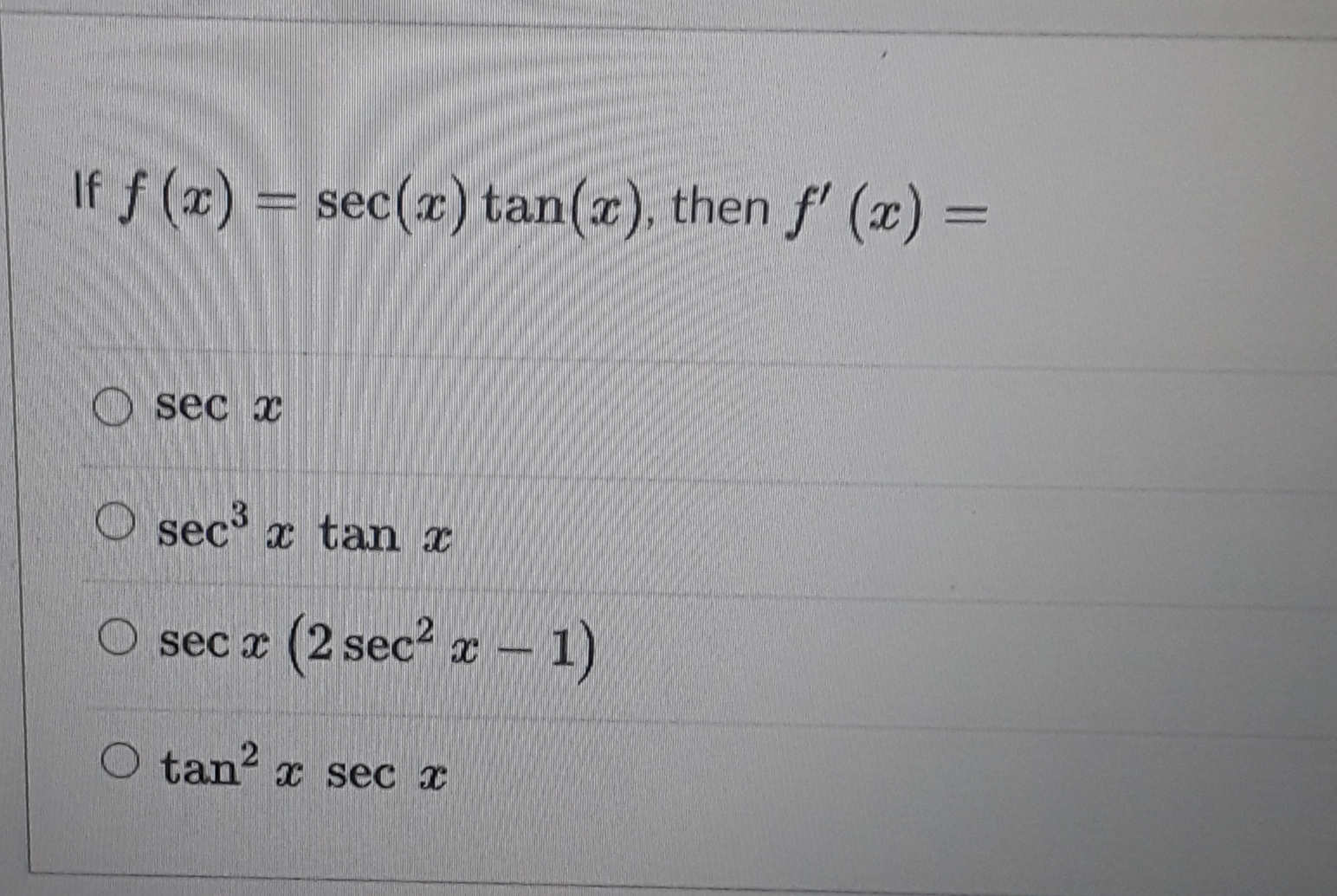


Answered If F Z Sec X Tan X Then F X Bartleby


How To Show That Math Tan 2 Theta Sec 2 Theta 1 Math Quora



Tangent Half Angle Formula Wikipedia


Pinkmonkey Com Trigonometry Study Guide 2 2 Fundamental Relations Between The Trigonometic Ratios Of An Angle



Limit Trigonometric Function 2 Sec 2x 1 Tan X Youtube
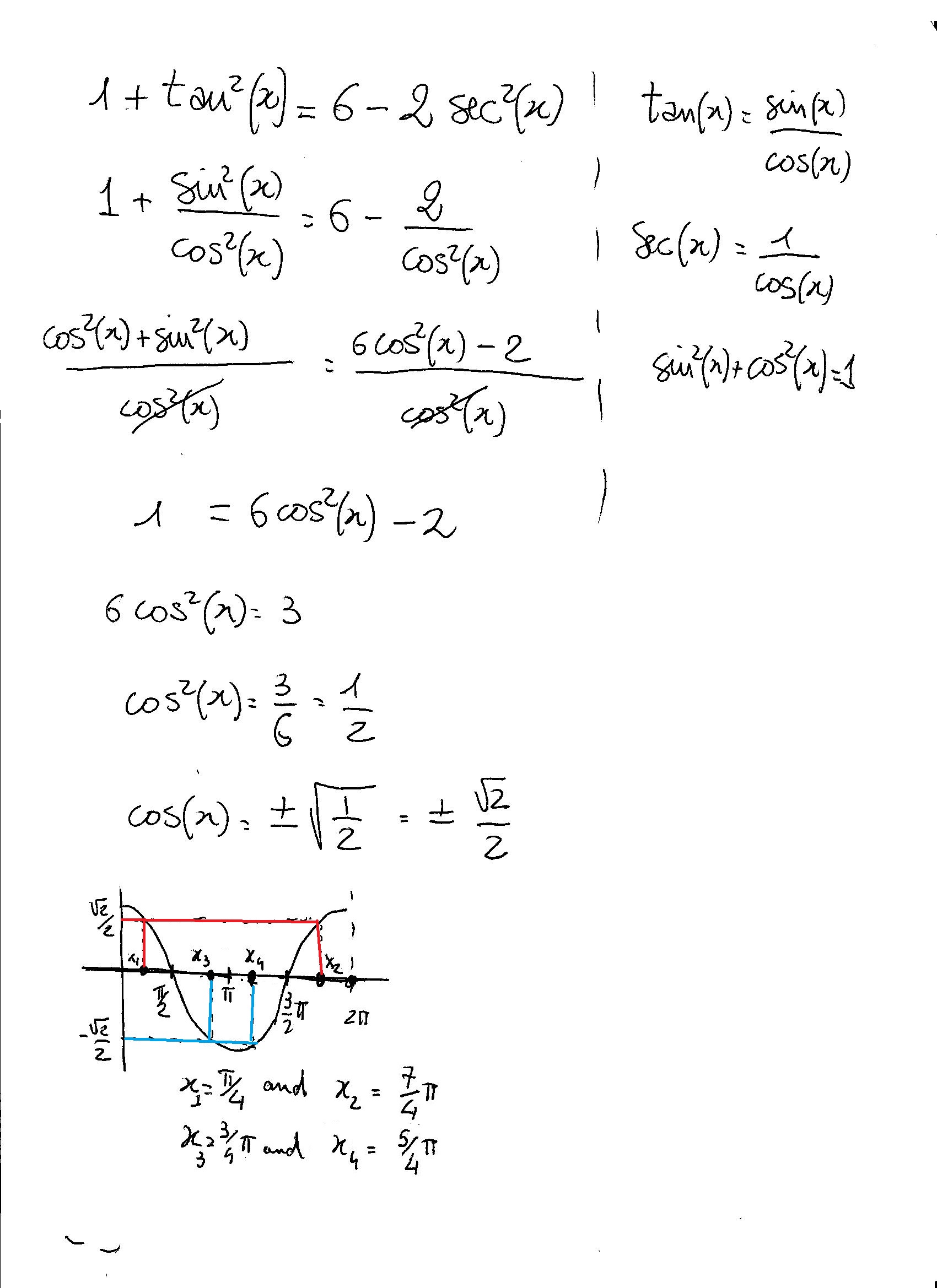


How Do You Solve 1 Tan 2x 6 2sec 2x Socratic
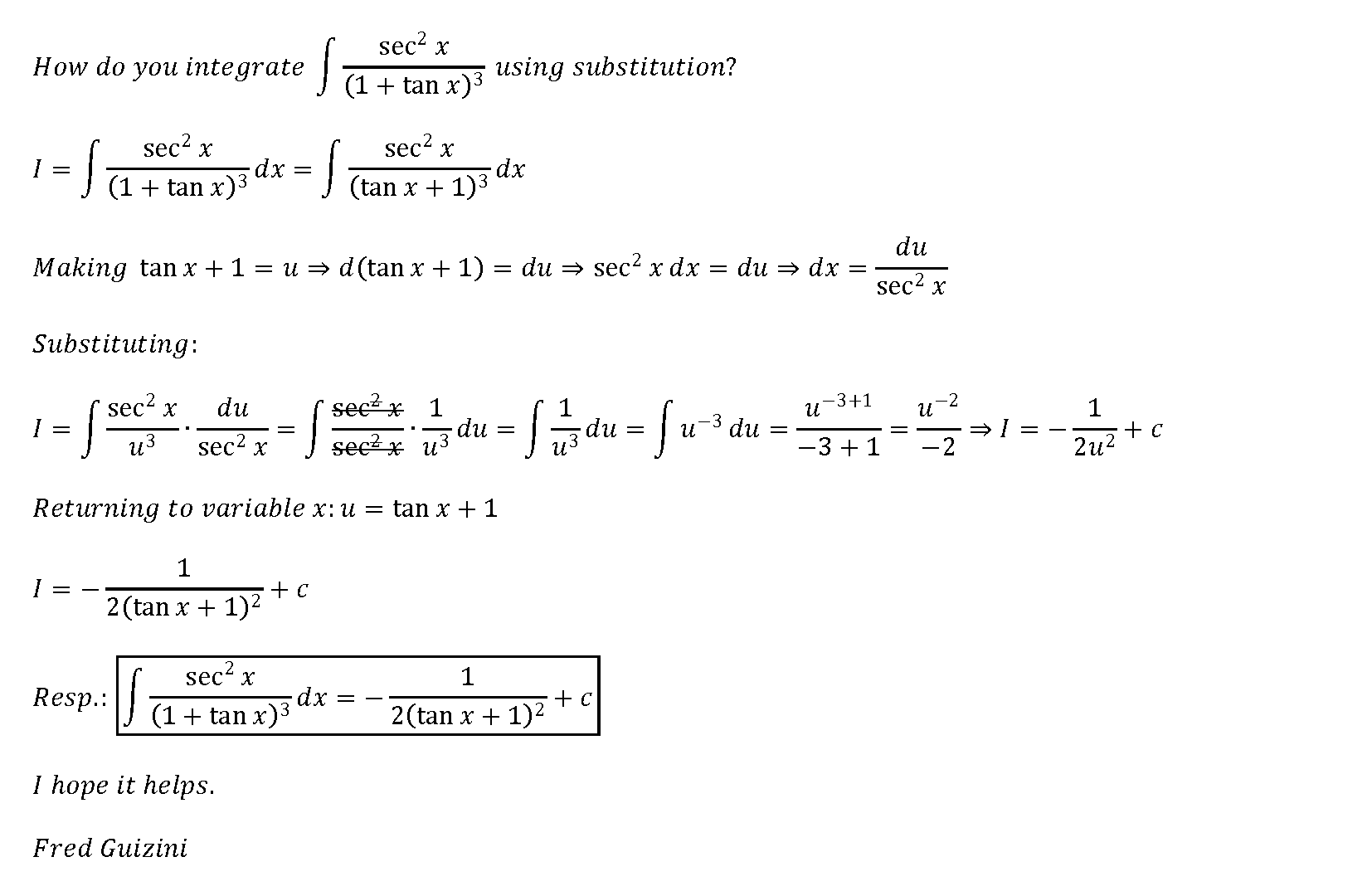


How Do You Integrate Int Sec 2x 1 Tanx 3 Using Substitution Socratic



Solve The Following Equation Tan 2theta Sec 2theta 3 2 Sqrt 2


Evaluate Tan X Sec 2 X 1 Tan 2 X Dx Sarthaks Econnect Largest Online Education Community



Sec 6x Tan 6x 1 2 Tan 2x Sec 2x Important Difficult Trigonometric Identity Youtube



Proof Tan2 1 Sec2 Cute766
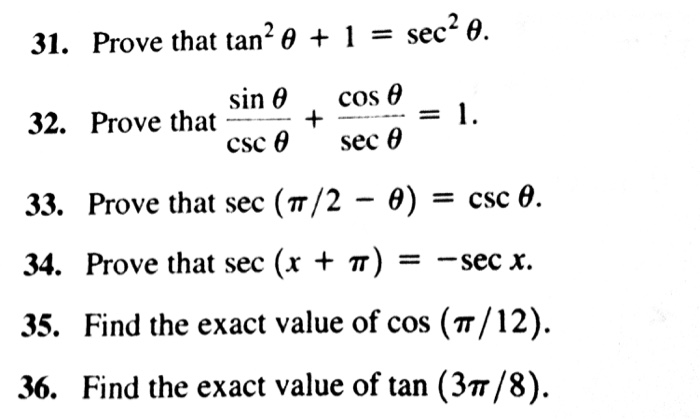


Solved 31 Prove That Tan 2 Theta 1 Sec 2 Theta 32 Chegg Com



If Sec A 2x And Tan A 2 X Then Find The Value Of 2 X2 1 X2 Brainly In



No comments:
Post a Comment